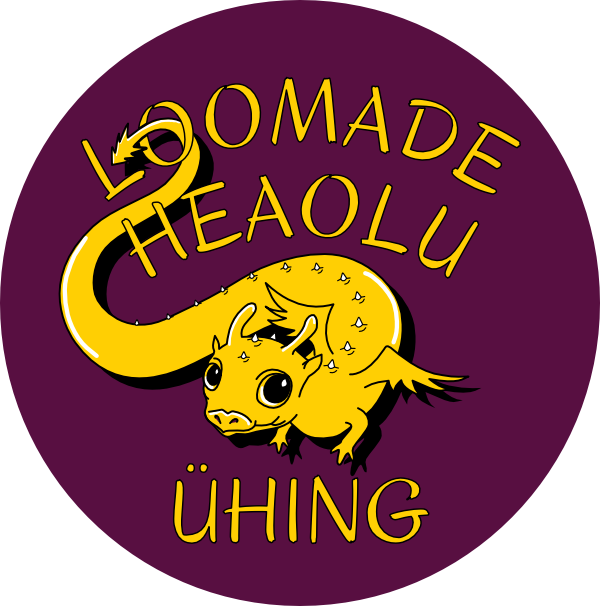Meie visioon
Parem homne, kus inimestel ja loomadel on hea ja turvaline elada.
Meie missioon
Edendame loomade heaolu valdkonda, tõstes teadlikkust vastutustundliku loomapidamise, loomade humaanse kohtlemise ja loomade heaolu temaatika osas. Töötame välja erinevatele vanusegruppidele suunatud hariduslikke programme ning aitame kaasa loomasõbralikuma ühiskonna kujunemisele keskendudes teaduspõhisele lähenemisele.
Basic principles of animal welfare
Being a good pet owner doesn't seem very difficult. Loving and caring for your furry or feathered friend seems like a logical step, and instructional materials can seem redundant. At the same time, animal abuse is common and there are also people who do not see it as a problem. Scientists, veterinarians and animal lovers have searched and will continue to search for an answer to the question of how to assess animal welfare as precisely and unambiguously as possible.
The foundation of modern animal protection and animal husbandry requirements can be considered the Brambell report presented in England in 1965, which defined the minimum requirements for keeping farm animals. The report stipulated that the animal must be able to stand, lie down, turn over, clean itself or scratch and stretch its limbs. The Farm Animal Welfare Council in England developed the idea of Brambell's presentation and developed the five freedoms to assess the basic needs of animals and set guidelines for welfare assessment. Today, the five freedoms are widespread and used in assessing the welfare of various animal species, in lawmaking, in dealing with consequences, and in veterinary curricula at universities. Each freedom is individually important, and in summary, the freedoms form a framework to ensure the animal's well-being at a minimum level.
With the aim of providing specific guidelines for ensuring well-being and a forward-looking approach, the five freedoms framework has been further developed over time in the course of achieving the five conditions/well-being goals. The idea is to keep the focus of the animal's welfare on ensuring a positive and fulfilling life, rather than focusing on providing a minimal solution.
5 freedoms
5 conditions
To be free from hunger and thirst
Ensure the availability of fresh, high-quality food and water and the choice of food based on the needs of the animal's organism to ensure health and vitality
To be free of discomfort
Provide a suitable environment, shelter and resting area that allows the animal to feel safe and stress-free
To be free from pain, injury and discomfort
Ensure disease prevention, correct medical diagnosis and treatment if necessary. Allow the animal, depending on the species, the necessary physical and mental activity
Freedom to behave naturally
Ensure suitable space and conditions and the opportunity to interact with peers, avoid negative experiences and encourage positive learning opportunities
To be free from fear and suffering
Ensure conditions and treatment to avoid mental suffering
